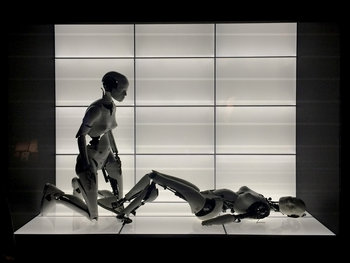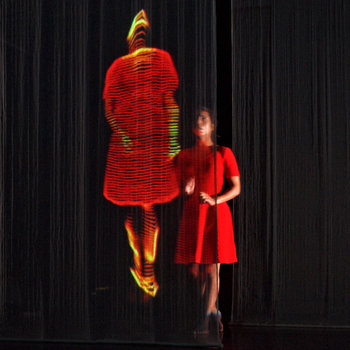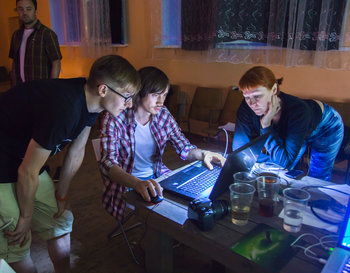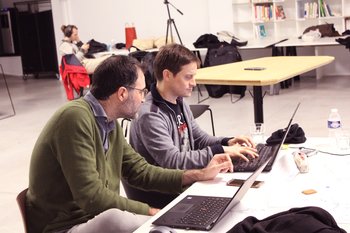|
| |
A turing test is an artificial intelligence test that involves a chat conversation between a human and a computer. The computer passes the test if the human can't tell it's a machine. The test was proposed by pioneering computer scientist Alan Turing in 1950 long before any machine could pass the test.
Modern chatterbots can often pass the Turing Test over a high percentage of chats. They also can do well when compared with human controls. This has lead to efforts to make the test more challenging. For example, specialists such as psychiatrists or AI researchers may play the role of the human tester.There is much argument about what passing the Turing Test actually signifies. Turing proposed the test as a means of determining if "machines can think." However, he also considered the term "think" difficult to prove and referred to the test as an "imitation game."Several thought experiments have proposed that unintelligent machines could pass the Turing Test. For example, a simple program known as a blockhead might be able to pass the test using a large data repository of questions mapped to reasonable human answers. The blockhead wouldn't understand anything about the conversation but would simply retrieve answers from a database.
In practice, several unsophisticated programs have arguably passed the Turing Test with simple approaches such as mimicking human mistyping.|
Type | | Definition | A test of artificial intelligence that involves a series of human-to-human and computer-to-human text chats with human testers asked to identify which chat partners were machines. | Value | The Turing Test is considered one way to define machine intelligence. However, there are arguments that relatively unintelligent software can pass the test. | Related Concepts | |
Artificial Intelligence
This is the complete list of articles we have written about artificial intelligence.
If you enjoyed this page, please consider bookmarking Simplicable.
© 2010-2023 Simplicable. All Rights Reserved. Reproduction of materials found on this site, in any form, without explicit permission is prohibited.
View credits & copyrights or citation information for this page.
|






























